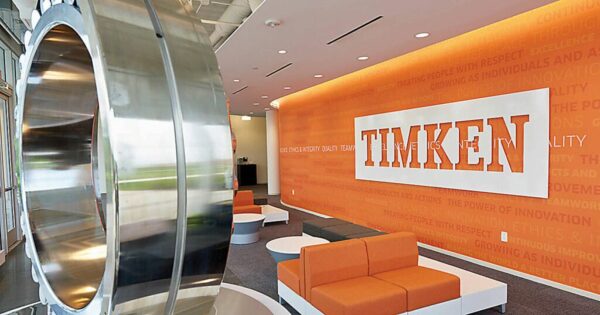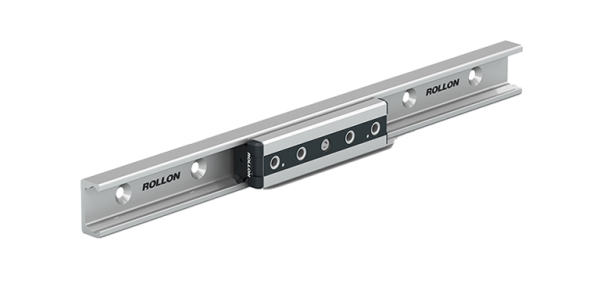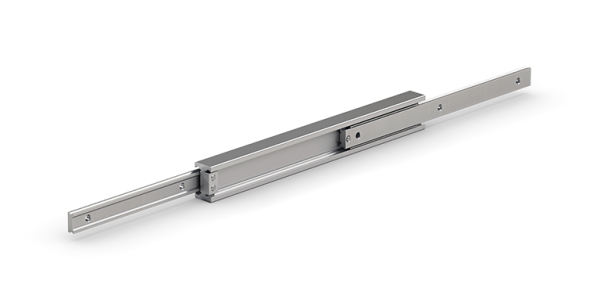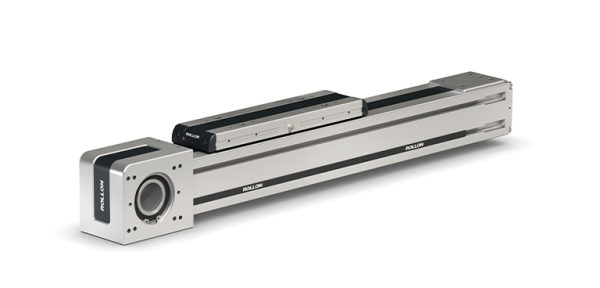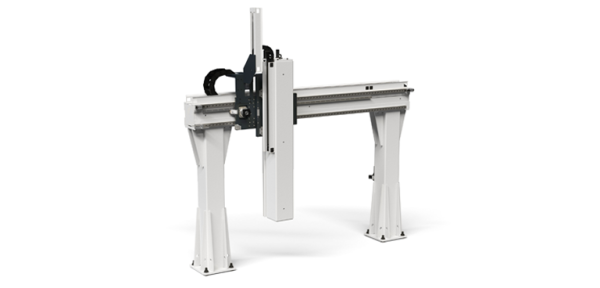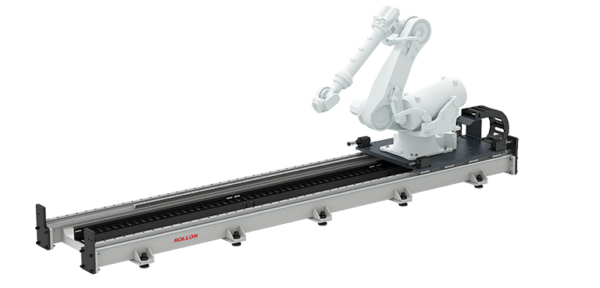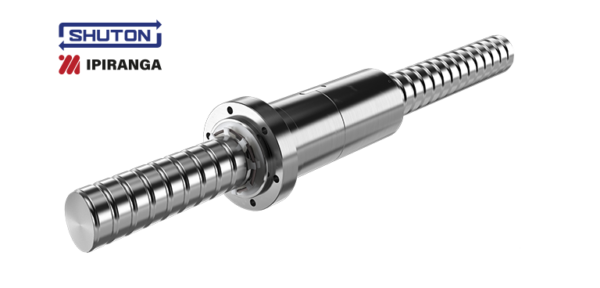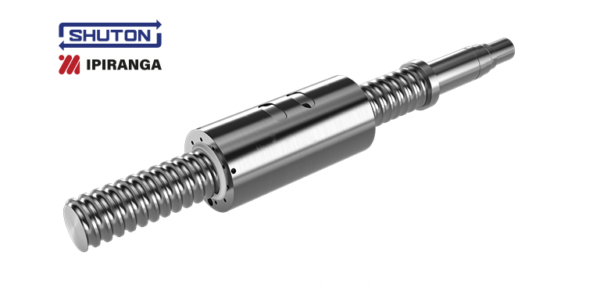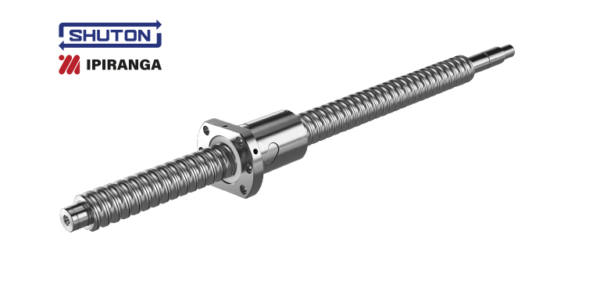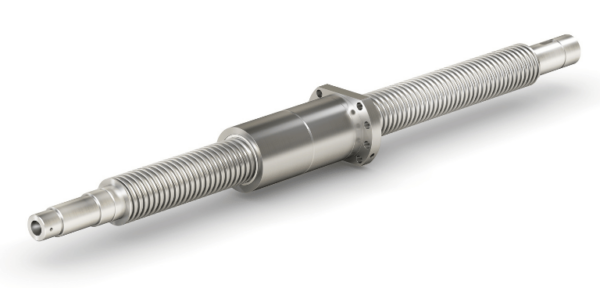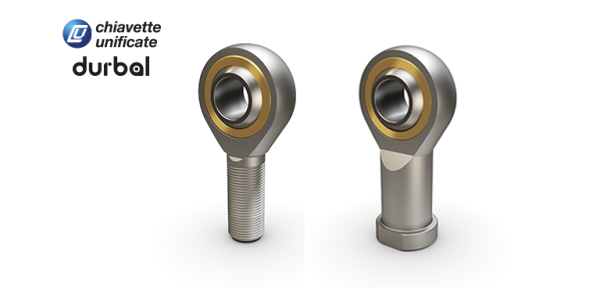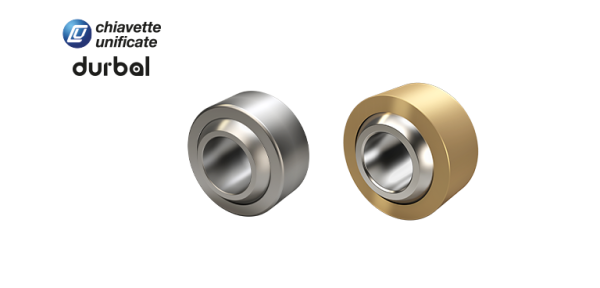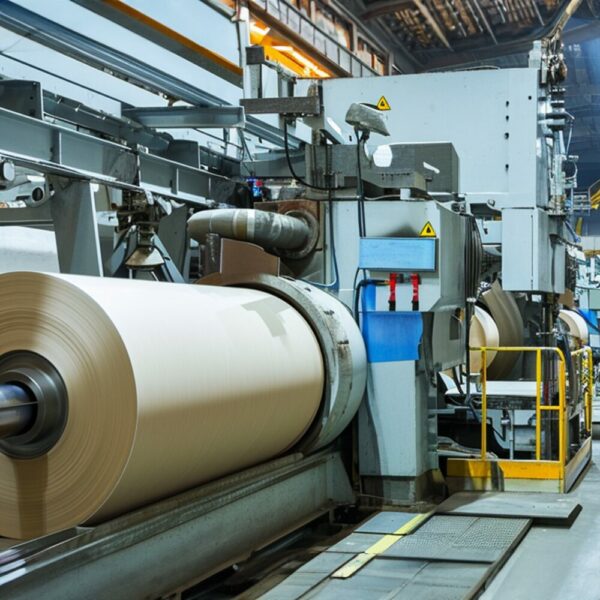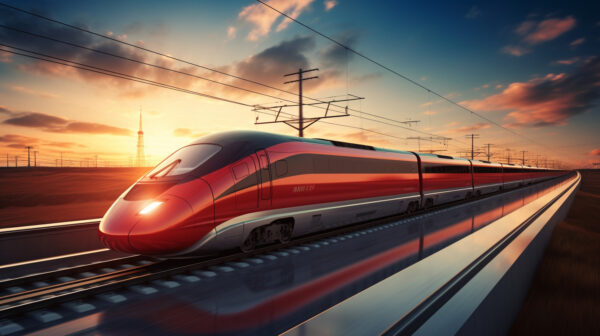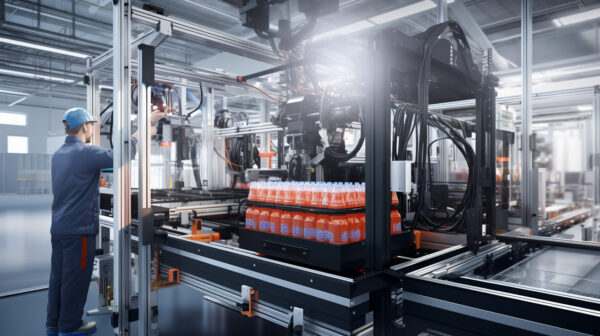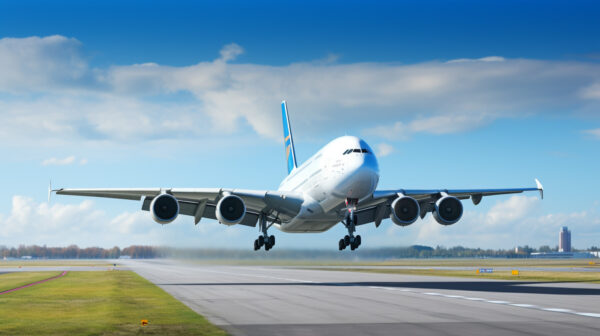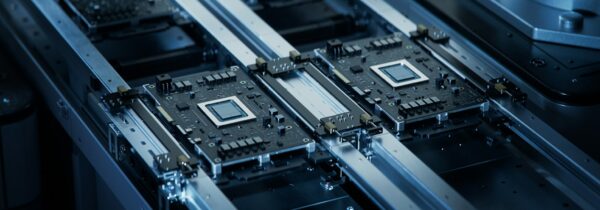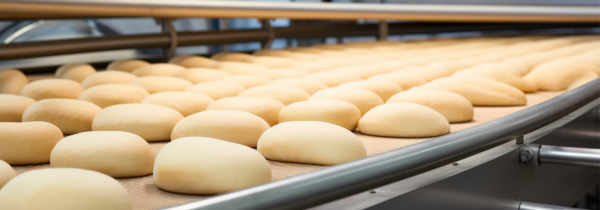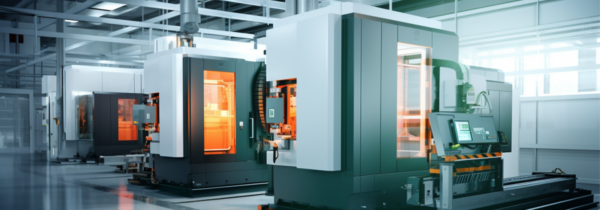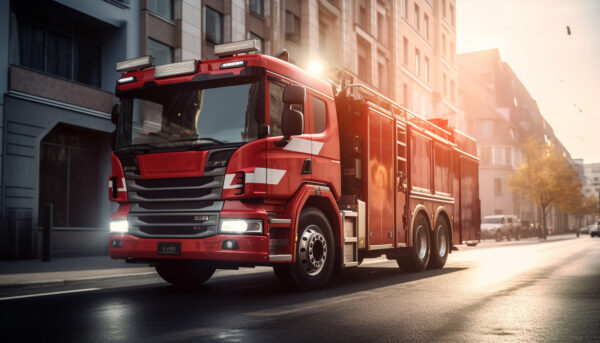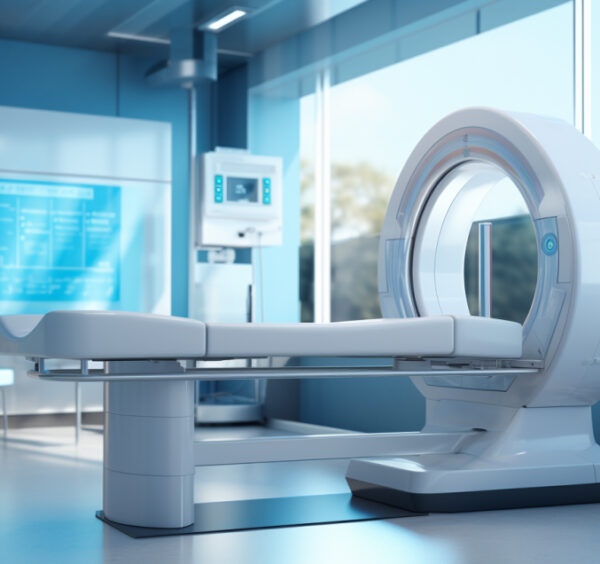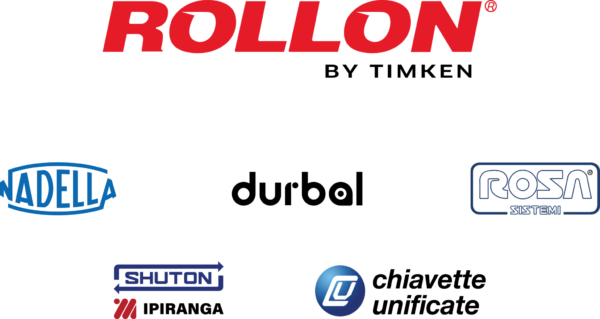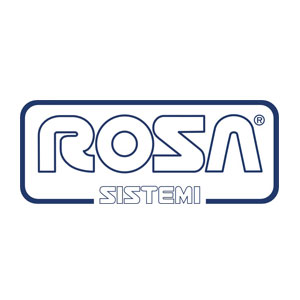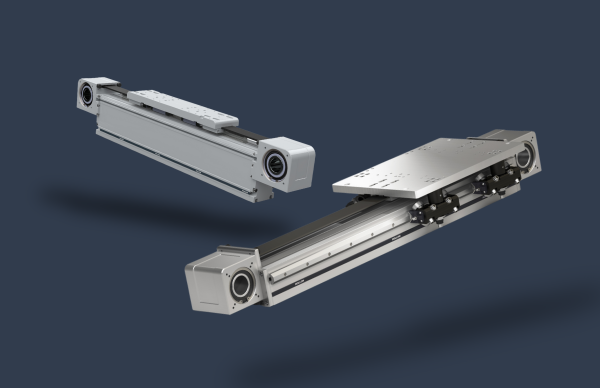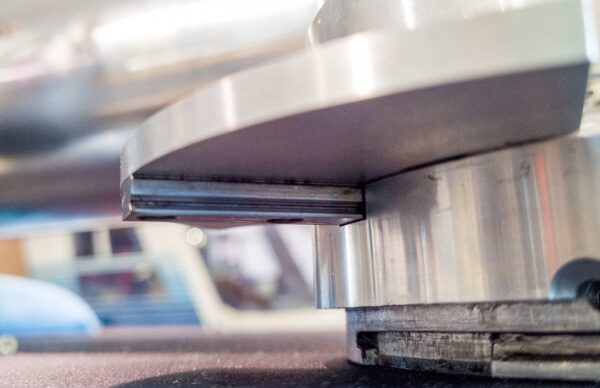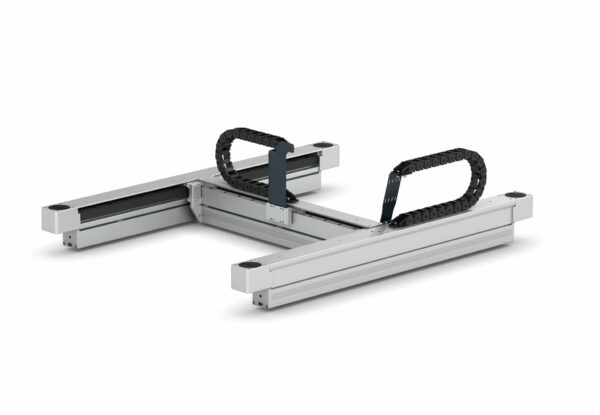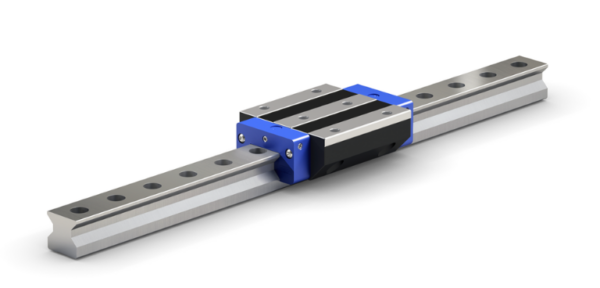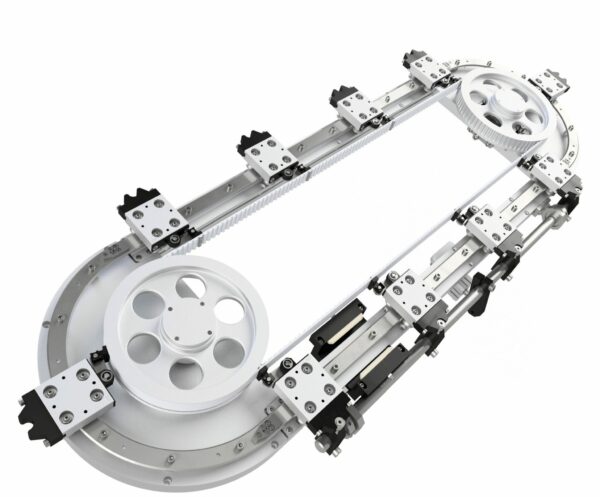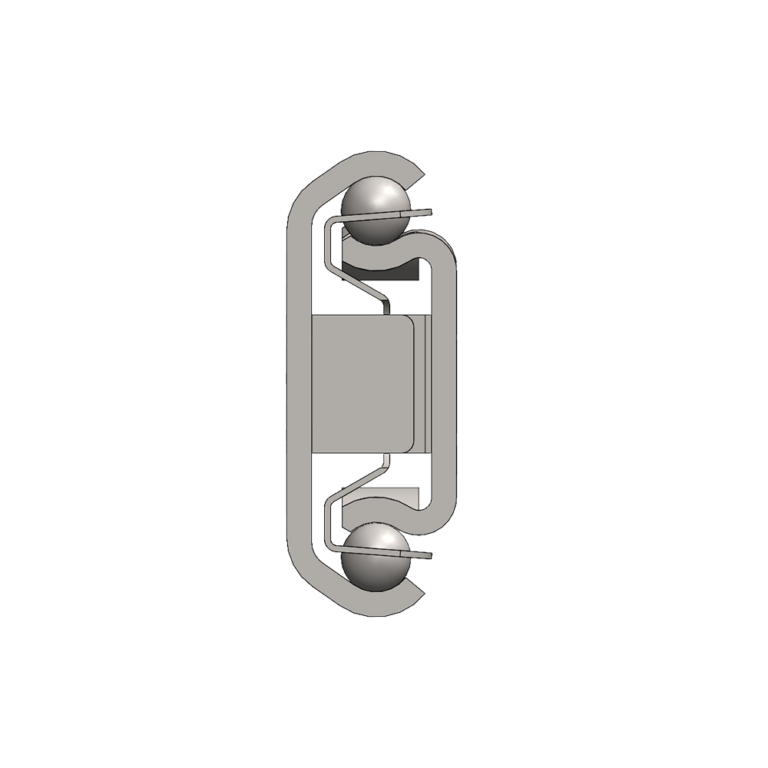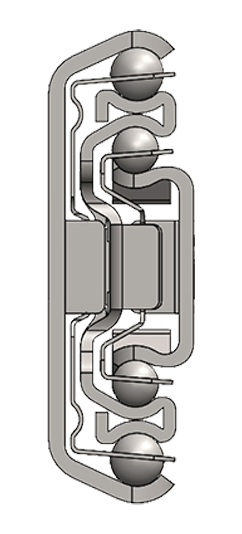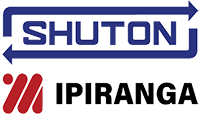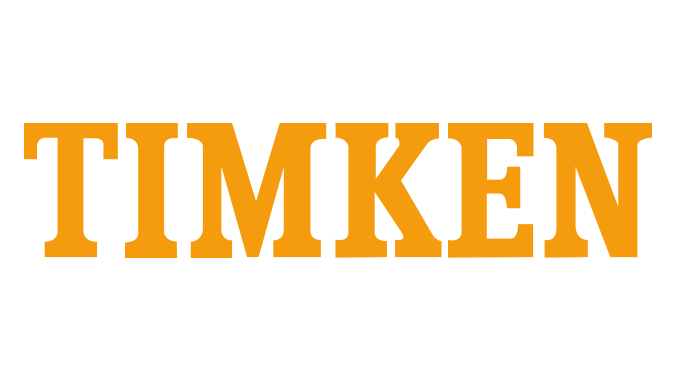Aerospace and Railway. Linear guides are used in a variety of components inside commercial aircrafts, such as seat tray tables, and are preferable because they reduce fuel costs. Rails are considered “light” when material from the profile is removed in order to reduce their weight. Although this might not seem like a lot, shaving off even a single pound in all its planes saved one airline 14,000 gallons of fuel per year.
That being said, the rails must still be able to pass rigorous safety tests. Commercial aircraft seats, for example, are “crash tested,” undergoing a peak deceleration of at least 16 g’s from a minimum of 44 ft/sec to 0 ft/sec in 0.09 seconds. Under these conditions, the seat must maintain its connection to the plane via its rail. If the component fails, then the seat could disconnect from the plane, injuring the passenger.
This need for lighter components has also infiltrated the railway industry, where lighter rails are increasingly being used on trains to save on energy consumption.
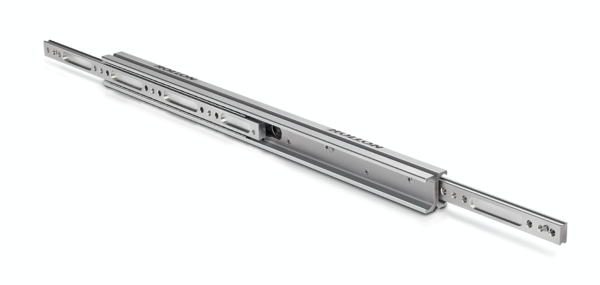
Packaging. From drawers to robots, linear rails are found in all corners of the automated warehouse. In the packaging industry, lighter components translate to lighter machines, which are easier to transport from one location to another. This ability to quickly get a machine up and running, once it moves from its production facility to the location where it will be working, increases valuable uptime.
At the same time, this reduction in weight can’t compromise the rail’s performance. Rollon’s telescopic light rails meet both weight and performance demands because of their induction hardened raceways, ensuring smooth and quiet operation under heavy loads up to 802 kg, per rail.
For more information and technical data, visit our product page.


